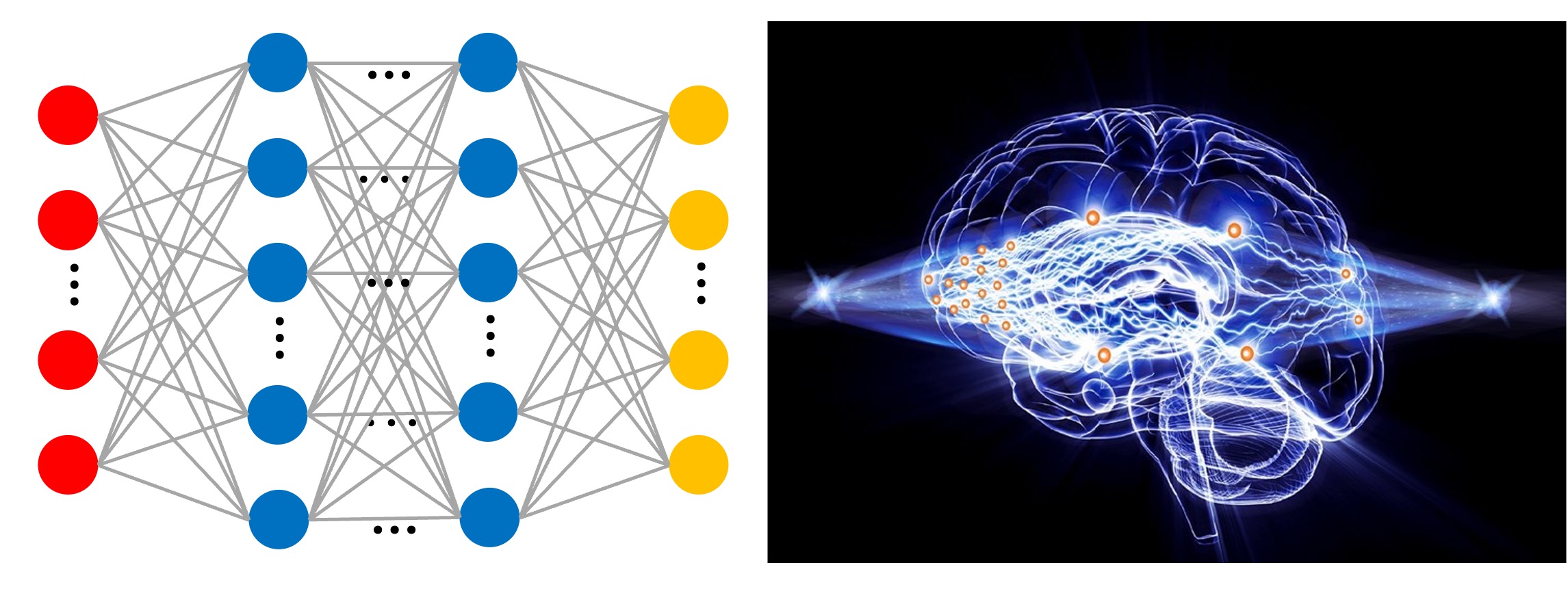Optical Parallel Computing: Optical Neural Networks for Artificial Intelligence
Machine learning techniques, particularly those based on artificial neural networks (ANNs), have significantly advanced fields such as computer vision and natural language processing, as well as fundamental studies in physics and materials science. Despite considerable advancements in AI algorithms and hardware optimizations aimed at reducing model sizes and accelerating inference and training processes, most efforts have thus far concentrated on traditional electronic systems, including CPUs, GPUs, FPGAs, and ASICs. These systems, while powerful, consume substantial amounts of energy and are unable to meet the increasing demands of rapidly growing data volumes, especially as we approach the limits of Moore's Law.
Optical implementation of AI modules, such as optical neural networks (ONNs), presents a compelling alternative that leverages inherent parallelism, high-speed computation, and potential for low energy consumption. Notably, recent studies show that the energy cost of optical implementations has the potential to be 2–3 orders of magnitude less than that of state-of-the-art CMOS implementations. The wave nature and superposition principle of light enables natural parallel processing, such as performing matrix-vector multiplications in constant time—a stark contrast to the quadratic time complexity of digital electronic processors. Additionally, ONNs can execute complex-valued arithmetic by encoding information in both the phase and magnitude of light, further exploiting the unrivaled speed of light as an information carrier.
In this project, we aim to develop energy-efficient large-scale ONNs for practical applicaitons.

